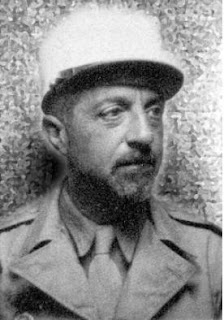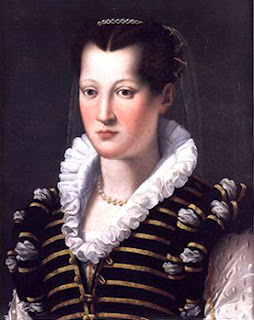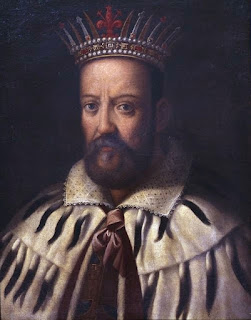Giacinto Facchetti - footballer
The original - and best - attacking full back
The footballer Giacinto Facchetti, who captained Italy at two World Cups and won four Serie A titles plus two European Cups for Inter Milan, died on this day in 2006 in Milan. He had been suffering from pancreatic cancer. When his funeral took place at the Basilica di Sant’Ambrogio in Milan, more than 12,000 fans joined the mourners marking his life. His remains were then taken back to his home town of Treviglio in the province of Bergamo. Apart from being regarded as the model professional and a pillar of moral decency, Facchetti was seen as a player ahead of his time, the first attacking full back who was a master in both disciplines of his game. Under the coaching of Internazionale’s great Argentine-born coach, Helenio Herrera, he became integral to the defensive system known as catenaccio, of which Herrera was one of the highest profile advocates. But Facchetti also knew exactly when to turn defence into attack and to exploit his speed and athleticism going forward. Inter were known as a defensive team but they were also one of the best at punishing opponents with rapid breakaway attacks. Read more…
_________________________________________________________________
Luigi Cadorna – Marshall of Italy
Tough military leader was blamed for losing crucial battle
Luigi Cadorna, a military General who was made a Marshall of Italy, was born on this day in 1850 in Verbania, on the shore of Lake Maggiore in the Piedmont region. Cadorna is most remembered for his role as Chief of Staff of the Italian Army during the first part of the First World War. His father was General Raffaele Cadorna, the Piedmontese military leader whose capture of Rome in 1870 completed the unification of Italy. Sent by his father to a military school in Milan from the age of 10, he entered the Turin Military Academy when he was 15 and, after graduating at the age of 18, was commissioned as a second lieutenant of artillery. He participated in the occupation of Rome in 1870 as part of the force commanded by his father. After becoming a Major, Cadorna was appointed to the staff of General Pianelli and became Chief of Staff of the Verona Divisional Command. From 1892 he was the Colonel commanding the 10th Regiment of Bersaglieri, where he acquired a reputation for strict discipline and harsh punishment. He was promoted to lieutenant general in 1898 and subsequently held a number of senior command positions. Read more…
_________________________________________________________________
Saint Rosalia
Little Saint ended the plague in Palermo
The Feast Day of Saint Rosalia is being celebrated today in Sicily, throughout the rest of Italy, in America, Venezuela and in many other countries. Saint Rosalia, also known as La Santuzza, or the Little Saint, is the patron saint of Palermo as well as three towns in Venezuela. Centuries after Rosalia’s death, the people of Palermo believed she ended the plague when what they thought were her remains were carried in a procession through the city. Rosalia was born in Palermo in about 1130 into a noble Norman family that claimed to descend from Charlemagne. She became devoutly religious and eventually went to live as a hermit in a cave on Mount Pellegrino in Sicily. There is a story that she was led by two angels to live in the cave and that she wrote on the wall that she had chosen to live there out of her love for Jesus. She is believed to have died in 1166 when she would have been about 36. In 1624 when Palermo was afflicted by the plague, Rosalia appeared first to a sick woman and then to a hunter to tell them where her remains were to be found. She told the hunter to bring her bones to Palermo to be carried in a procession through the city. Read more…
Home

























